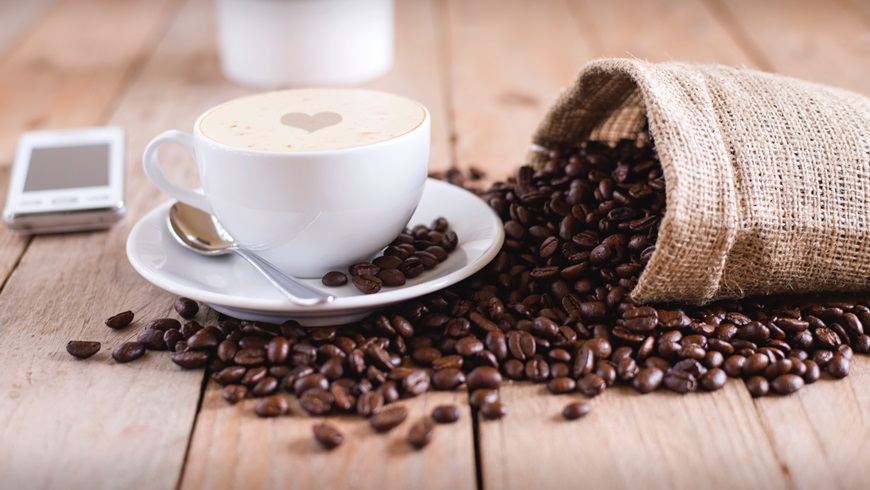Taking a close look at the eco-balance of coffee capsules
It All Depends on the Coffee
May 9, 2011 | MICHAEL HAGMANN
Exactly how environmentally friendly are the various capsule systems and other ways of making coffee? Empa researchers have taken a close look at the ecological balances of the various systems currently in use. The result: it all depends on the contents. The choice of coffee has a much stronger effect on the environmental friendliness than the capsule system, type of machine or method of preparation.

Photo by Mike Kenneally on Unsplash
|
|||
|
|||


